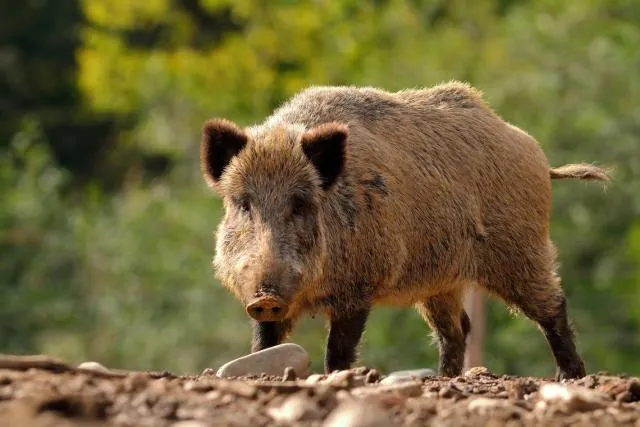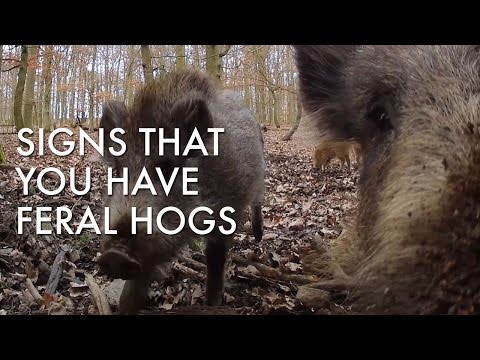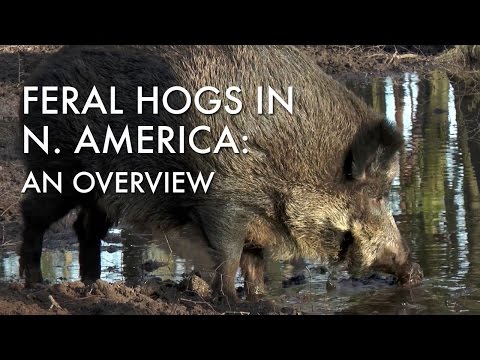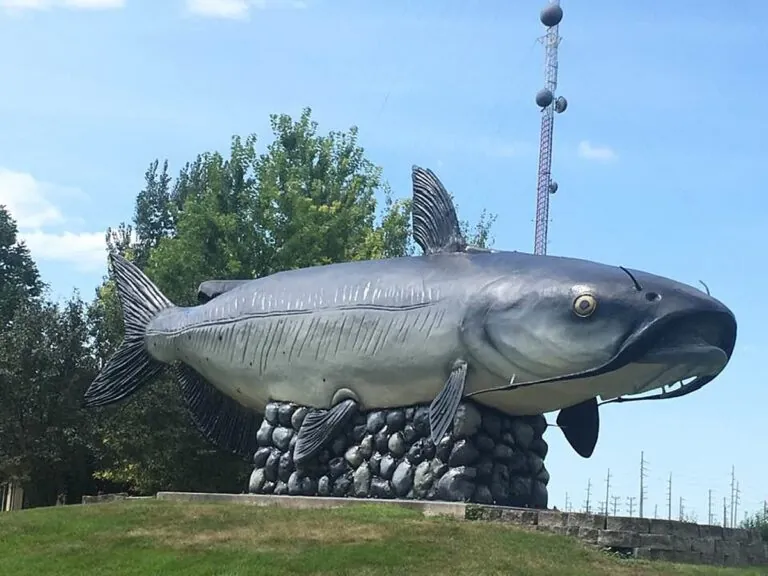Kansas is one of several states in the United States with a destructive and costly problem
Rooting, hoof prints, wallows, and nests may indicate that a destructive and costly visitor — the invasive feral hog — has visited your Kansas property.
According to a recent study, feral hogs have been spotted in 29 Kansas counties. Fortunately, the state has a body dedicated to the eradication of feral swine in the state.
Captain Experiences, a platform that connects travelers with hunting and fishing bookings, led the study, which studied data from the University of Georgia’s Center for Invasive Species and Ecosystem Health. Researchers counted the number of feral hog sightings in each state, and when states were tied, the percentage of counties with a sighting was used to break the tie.
According to the survey, Texas has the worst wild hog problem, with over 2,000 sightings and swine spotting in 99.6% of counties. Kansas was ranked 16th on the list, with 101 sightings.
According to the United States Department of Agriculture, the animal causes $2.5 billion in damage each year, primarily owing to rooting and trampling soil, eating crops, and other activities.
Pigs are not just a threat to landscapes; they are also known to carry various diseases. According to the USDA, feral pigs can transmit infections to humans such as salmonella, hepatitis, and brucellosis. They are also a hazard to native plants, whose populations may drop as a result of feral hog activity.
What is Kansas doing about feral hogs?
Curran Salter working with the USDA’s wildlife services on wild swine management. According to Salter, the initiative began with state support in 2006 and has subsequently garnered some federal funding.
Since its beginning, the initiative has effectively eradicated 13 feral pig populations.
“We’re probably at our best point we’ve ever been in terms of feral pig numbers in the state,” said Salter, who has its base in Kansas. “We’re in really good shape.”
Three contractors in Kansas are working to discover, investigate, and eradicate wild pig populations. The state is currently focusing on eradication and control operations for a population in Bourbon County, as well as working near the state line in southeast Kansas, according to Salter.
“We’re neighbors with a state with a lot of pigs,” Salter said of Oklahoma.
What to know about feral hogs in the US and Kansas
Swine are an invasive species, and the main reason for their presence is human release for sport hunting.
“The Kansas Department of Agriculture pushed through a law that made it illegal to sport hunt feral pigs, so we’re trying to take that incentive away from people sport hunting,” Salter said.
According to the USDA, the hogs weigh between 75 and 250 pounds and can run up to 30 miles per hour. Pigs are also known to reproduce quickly, with females giving birth up to twice a year, with four to twelve piglets in each litter.
Furthermore, feral pigs are omnivores who will consume almost anything, including plants, insects, and worms.
What to do if you see a feral pig in Kansas?
If you believe you have a feral pig problem on your Kansas property, call the USDA state office at 785-537-6855 so officials can potentially remove them.
“Give us a call, we’ll either try to get them trapped, get the whole group trapped or we have access to a helicopter and we can get them with the helicopter,” Salter said.
According to Salter, the initiative employs USDA agency aircraft based in Oklahoma for aerial gunning. This program runs for one week each month after deer season ends in January, February, and March.
“The goal of the helicopter is to push them out of the brush of trees into the nearest open field or pasture or whatever and work on them out in the open,” said Salter.
According to Salter, they normally react to calls a day or two later.
Salter says there’s not much you can do to keep feral pigs from entering your land because they’re such adaptive creatures. If you see pigs on your property, you have the legal right to shoot them, but Salter does not advocate it.
“If you have a group of 15 to 20 pigs, and you shoot one or two, you’re not doing yourself any favors,” Salter Said. “When we’re doing control efforts, we don’t want one of them gone, we want all of them gone.”
Feral pigs can be discovered at any time of year, but Salter says it’s simpler to catch them in the winter.
“Generally we do better when it’s colder out this time of year, they’re just more apt to come to the corn pile,” Salter told.
Read More: Proposed Legislation In Kansas Might Prohibit Schools From Opening Before Labor Day









